Did you know that it can take up to 1000 years to build 1 inch of topsoil? Yet, heavy rains can wash this all away in an instant.
As a result, it is essential to protect the soil, especially since it is the lifeblood of your farm.
Initially, natural farming did not outline specific soil preservation techniques, but in principle, it encouraged farmers to protect the life in the soil.
We can do this by engaging in various sustainable practices to help protect and build the soil over time.
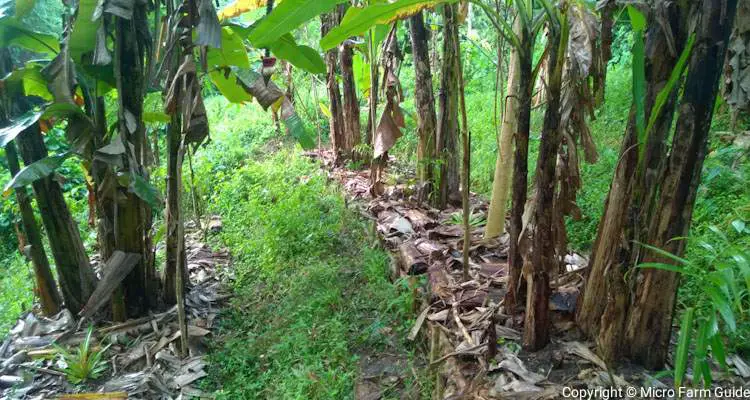
That said, let’s explore seven techniques for soil conservation in natural farming, especially in the system’s early days.
But before we do this, let’s make sure we understand:
What We Mean By Soil Conservation
Soil conservation isn’t just a fancy term; it’s about protecting your soil from erosion, structural damage, and loss of nutrients.
This protection occurs almost automatically on established natural farms, where microorganisms, plant roots, leaf litter, and plant canopy all play a part in maintaining the structure and fertility of the soil.
However, this is different in new and developing systems with exposed or even depleted soils.
So, in the interim, we can assist in preserving the precious soil life by using sustainable practices such as:
1. Cover Cropping
Cover Cropping means growing crops such as grasses, clovers, and legumes, when primary crops aren’t in the ground.
It acts as a living blanket to cover the soil, improving its structure and fertility while protecting it from erosion and weeds.
According to Mr. Masanubu Fukuoka, “If you mix seeds of clover, lucerne, barley, and vegetables in one field, then all weeds will die automatically.”
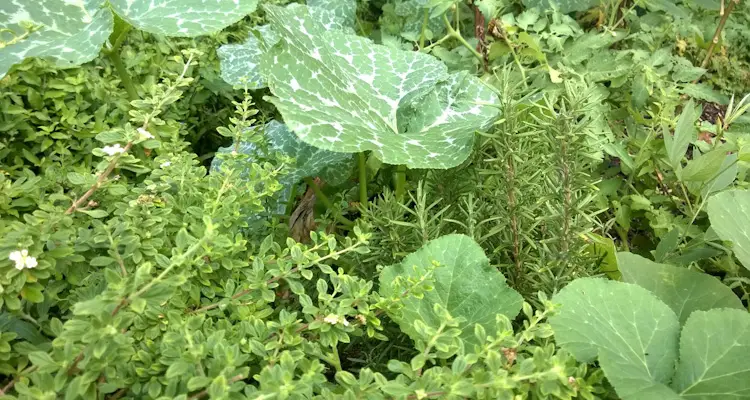
Alternatively, you can grow plants such as clover, rye, or beans in rows between vegetables or wherever you have exposed soil.
This method is an easy way of protecting your soil and increasing biodiversity while offering a reliable source of organic material for:
2. Mulching
Mulching uses organic materials such as straw, leaves, grass clippings, and tree trimmings as a protective layer on your soil.
It helps to retain moisture, suppress pesky weeds, and protect the soil from direct exposure to wind and rain.
Unfortunately, organic mulch is used quickly and must be “topped up” often.
As a result, it was not part of the original “do-nothing” approach but only done as a by-product of harvesting.
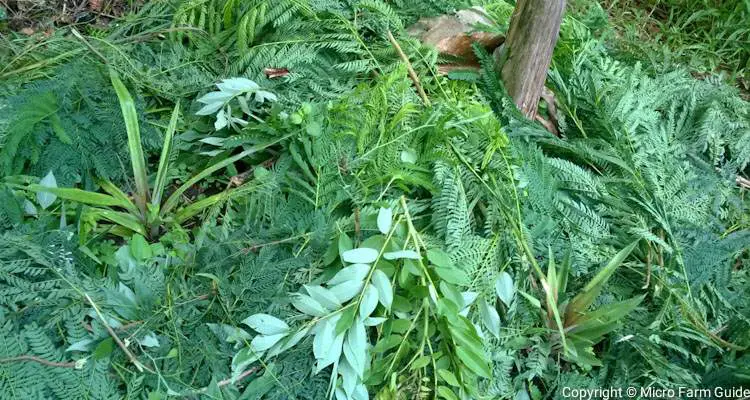
However, mulching is now embraced as a go-to method for newcomers to natural farming since it offers a simple way to enrich the soil while protecting it from erosion.
This no-dig approach adds to the organic content of the soil and serves as the first step to:
3. No-Till Farming
No-till farming is at the heart of the Natural farming philosophy. It avoids plowing or disturbing the soil altogether.
Tilling disrupts the soil’s natural balance and can lead to erosion. By skipping this step, you’re maintaining your soil’s integrity.
Instead, you plant your seeds directly into untilled soil by poking holes as you go along, causing as little disturbance to the soil as possible.
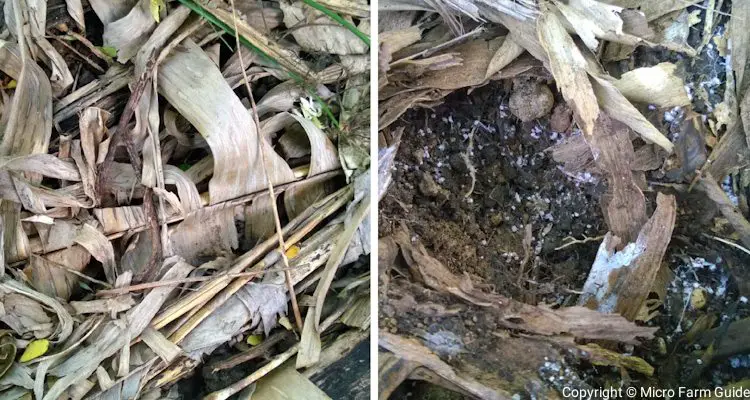
Sometimes, other techniques, such as clay seed balls or seedlings, will work best based on the type of soil or crops you are growing.
However, in heavily depleted soil, you should consider building up the organic content of the soil. You can do this using more permanent systems such as:
4. Agroforestry
Agroforestry systems combine trees or shrubs with your farm crops or livestock.
Trees help to anchor the soil with their extensive root systems, preventing erosion and improving its structure.
Additionally, the canopy of these trees acts as a shield, reducing the impact of rainfall on your soil.
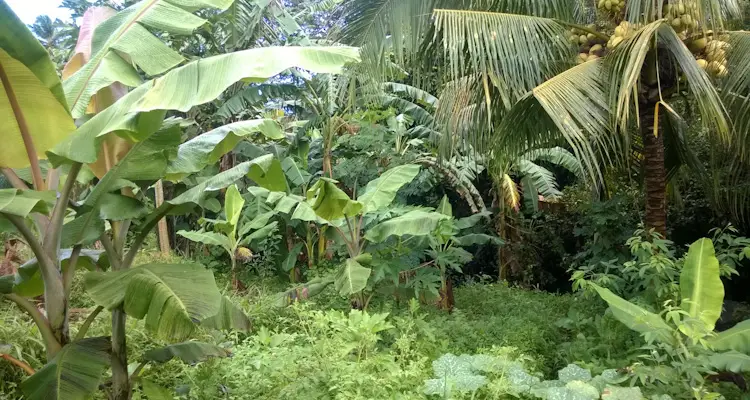
As trees drop leaves and other organic matter, it becomes natural mulch, which protects the soil, nourishing it as it decomposes.
Plus, based on the arrangement, the trees can act as a shade for some from intense sunlight or sometimes create:
5. Windbreaks
Windbreaks protect crops and soil by interrupting the flow of strong winds across your farm.
These can be a mixture of fruit, timber, and native trees planted in rows along the wind’s path.
Or they are interplanted with crops, as in the case of syntropic gardens.
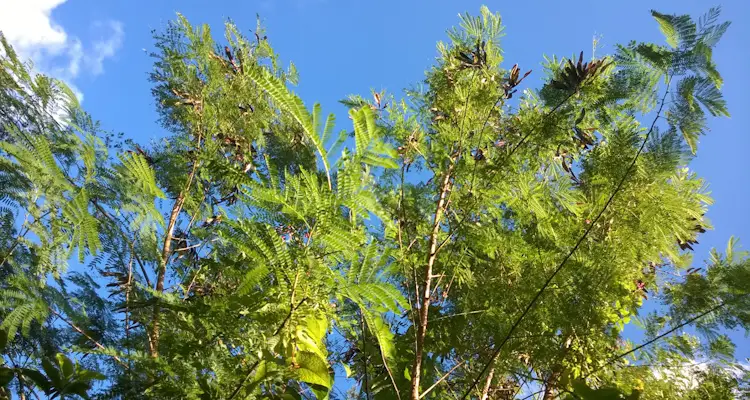
As they grow, they act as natural barriers, reducing wind erosion, improving the soil’s structure, and conserving moisture in your soil.
Sometimes, their location can coincide with the contours of slopes and act as a form of:
6. Strip Cropping
As the name suggests, strip cropping alternates the planting of crops within a growing area.
It’s a simple way of ensuring that you grow various crops without worrying about companion planting or crop rotation.
This variety results in different crops, each having different root structures and nutrient needs, resulting in a complex network of roots, leaves, and microorganisms.
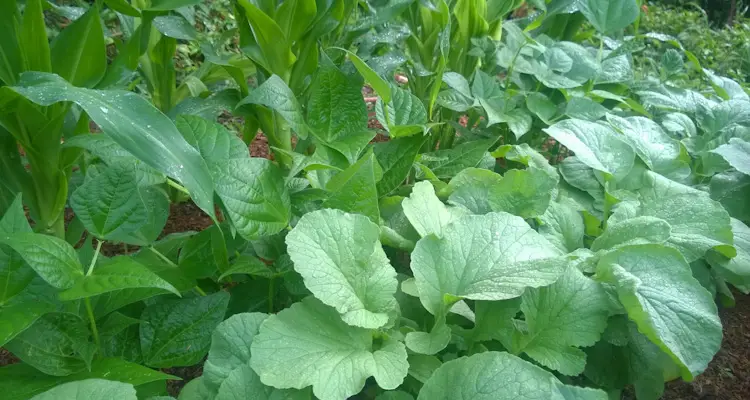
This combination strengthens your soil, making it more resistant to erosion and nutrient loss, but most importantly, keeps it protected from the elements.
Based on the slope of the land, you can even use strip cropping to prepare the ground for:
7. Natural Terracing
If you have hilly terrain, you know how water runoff can wreak havoc on your soil.
That’s where terracing comes in, but in keeping with the “do nothing” philosophy, natural farmers grow hedges of plants such as vetiver grass along the contour of the slope.
This hedge creates a natural barrier, collecting eroded material along the borders, forming a flat surface over time on which we can grow our crops.
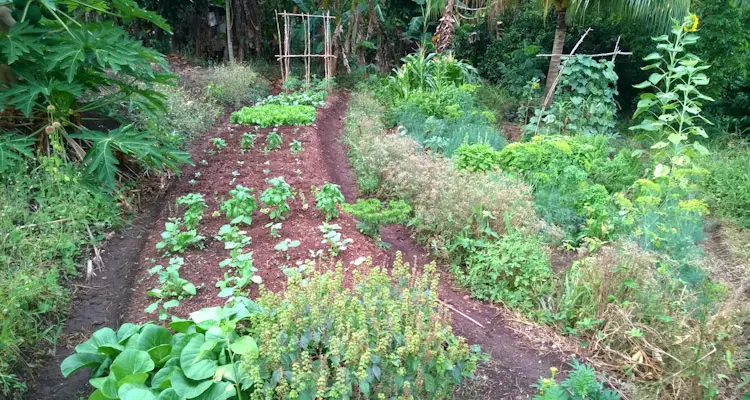
This combination of grass hedges and flat steps breaks the water flow and allows it to seep into the soil.
It’s a clever way to conserve your soil and precious water resources, especially in areas with heavy rainfall.
Final Thoughts
Your soil is more than just dirt. It’s the lifeblood of your farm and a precious resource that has taken hundreds of years to develop.
As a result, by applying these seven techniques, you’re preserving your land’s fertility and ensuring a sustainable and thriving future for your farm.
If you’d like to learn more about natural farming and other fantastic farming techniques, you can visit our Natural Farming Page for more step-by-step guides, tips, and other resources.
Related Questions
1. How can we conserve our soil?
We can conserve our soil by limiting soil disturbance, protecting it from erosion, and ensuring it provides a suitable environment for soil organisms. In turn, these help maintain the soil’s structure and fertility.
2. What are three important methods of soil conservation?
Cover cropping, agroforestry, and strip cropping are three important conservation methods that help protect and improve the soil and water resources over time.
3. Why is conservation of nature important?
Conservation of nature is essential to ensure that we maintain natural resources and suitable living conditions for man and wildlife.
References
AGU. Rates of Historical Anthropogenic Soil Erosion in the Midwestern United States. onlinelibrary.wiley.com. Accessed September 2023
Maryville University. Soil Conservation Guide: Importance and Practices. online.maryville.edu. Accessed September 2023
FAO. Three Principles of Conservation Agriculture. fao.org. Accessed September 2023

